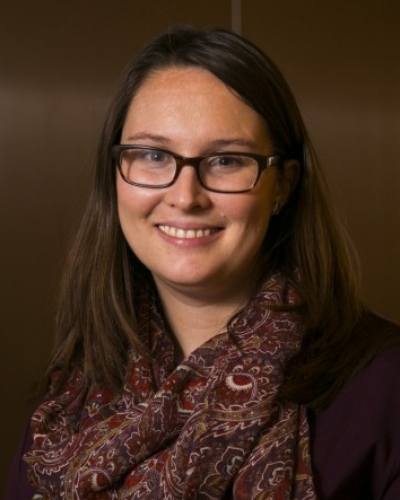As part of our “You Said It” Op-Ed series, we invite contributors to submit their opinion pieces. Have a submission? Contact us here.
January and a new set of New Year’s resolutions are here. This year, I am resolving to be a bit more like a 4-year-old, and I’d like to encourage everyone to do the same. You might envision tantrums and endless whys, but from my research, I’ve also learned that if we did act like 4-year-old children, we might just learn how to live as a community that cares.
With a team of researchers, I spent nearly 500 hours observing, documenting, and analyzing how young children (ages 3-5) act in ways that benefit, contribute to, or extend community. There is a common belief that children at these ages are egocentric and only focused on themselves.
Yet after spending a full school year in three different Head Start classrooms within one urban community, we found the opposite. The children, who were from majority Black and Latino families, showed us that children are not egocentric. Instead, they are deeply focused on community.
Here are just a few of the lessons we learned from our observations:
Help Out
Even very young children can identify need and respond to it—all without adult prompting. For example, one day two girls tried to “ride” a single stuffed-toy horse that was only 18 inches long.
A boy in the class, who had not been playing near them, came over, offered another toy horse, and then went back to his play. The girls could now gallop away on two horses. The boy received no direct benefit in offering the horse and, beyond a nod, received no praise for helping out. He simply noticed the need and contributed to his community.
Be Present
Children’s tendency to notice other people’s needs was particularly acute when they saw someone else, child or adult, in any form of distress or discomfort. In one instance, a new boy joined one of the classes midway through the year. On his first day, he sobbed as his parent left him at the door. The other children were already busy playing in centers, as the day had started. The teacher took the boy to her lap to comfort him. One of his new classroom community members left her play to come gently pat his back.
There is a shared humanity in just being with someone during a hard time. This 4-year-old girl already knew this, and she was able to act on this insight without a single adult asking her to care.
Include Others
In the afternoon, children took a nap. Sometimes they found it difficult to wake up for the final round of center-time (free play in social and academic areas around the room). One day, a child was still asleep on the library center rug after nap time. Other children brought their books and lay down to read near the sleeping child, making him part of the community even in slumber.
Advocate and Solve Problems
While cleaning up one day, one boy pushed in a chair and another boy’s hand got pinched between the chair and the table. Howling, he held his hand and blamed the boy who had pushed in the chair. Before an adult responded, another girl in the class walked over, inquired about what happened, called the other student over, and began to negotiate their peace. While she advocated on behalf of the hurt child, she also asked for the other child’s story. Expertly, she helped the hurt boy see that it was a mistake and that the community could continue with their clean up.
We documented hundreds of examples like this and more: children caring, helping, advocating, and problem-solving with each other as they learned how to live together. Of course, adults and schools still have a role in educating children—from how to tie shoes to how a bill becomes a law, adults have knowledge and experience to share with young children. Yet all of these examples left us thinking that rather than only focusing on what we can teach children, perhaps adults should consider what they can teach us.
As we navigate through our grown-up lives and the challenge of living together in society, we can learn from the way children instinctively structure their classroom communities. “Acting like a child” is too often considered an insult. Our research suggests it may actually be a model for how we can get along. In 2022, I’m aiming to act like a child.
More From Better:
- A Novel About the Turbulent 1960s and ’70s, From Professor, Social Justice Advocate and Writing Coach Cathy Rath
- New Series ‘The Hungry Book Club’ Brings Awareness to Food and Lifestyle Trends Impacting Mental Health
- Medical Professionals Share Healthy Habits They Swear By — And a Few They Fail At

Katherina A. Payne is an Associate Professor of Curriculum and Instruction, College of Education at The University of Texas at Austin and a 2021 Public Voices Fellow with the Op-Ed Project.

